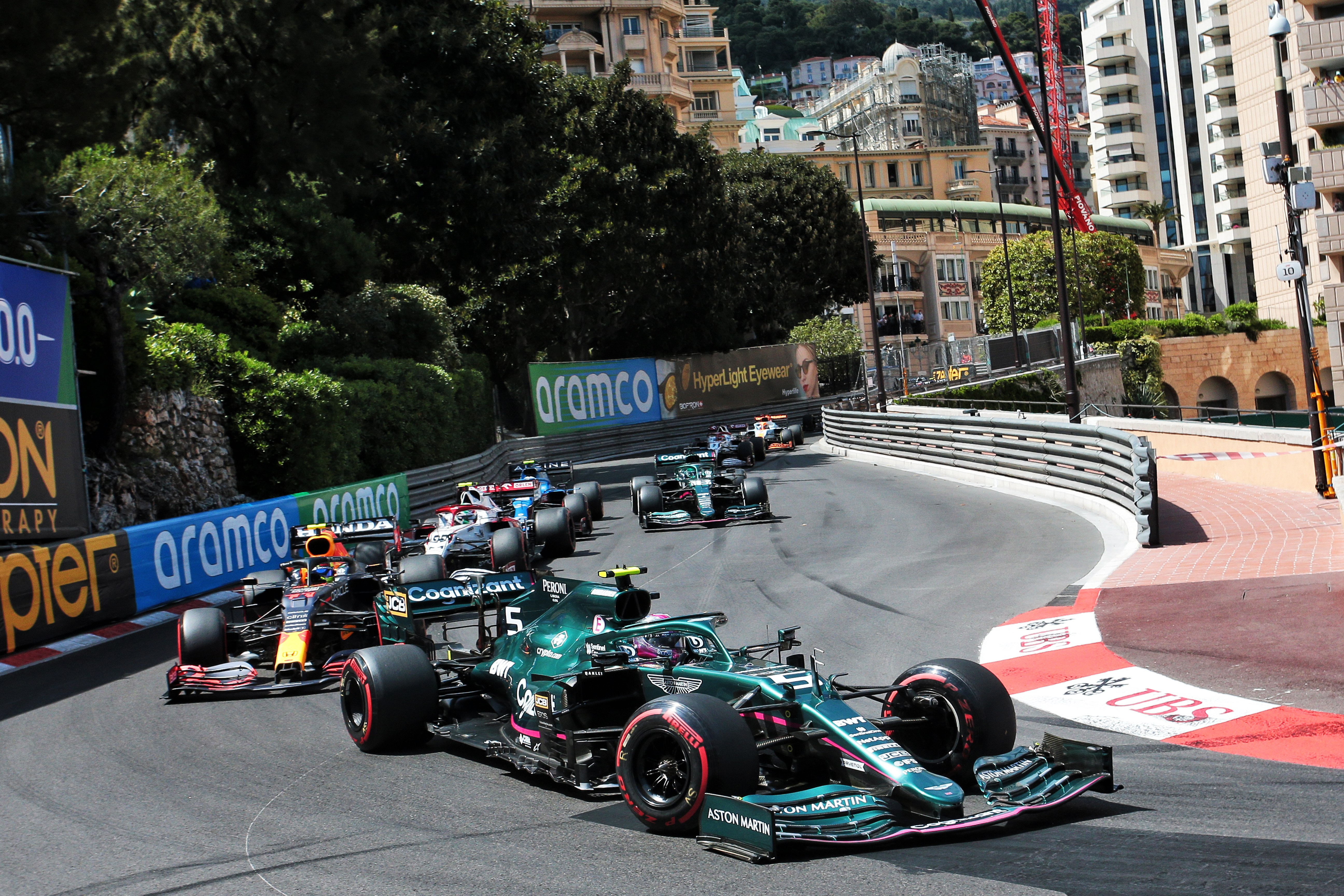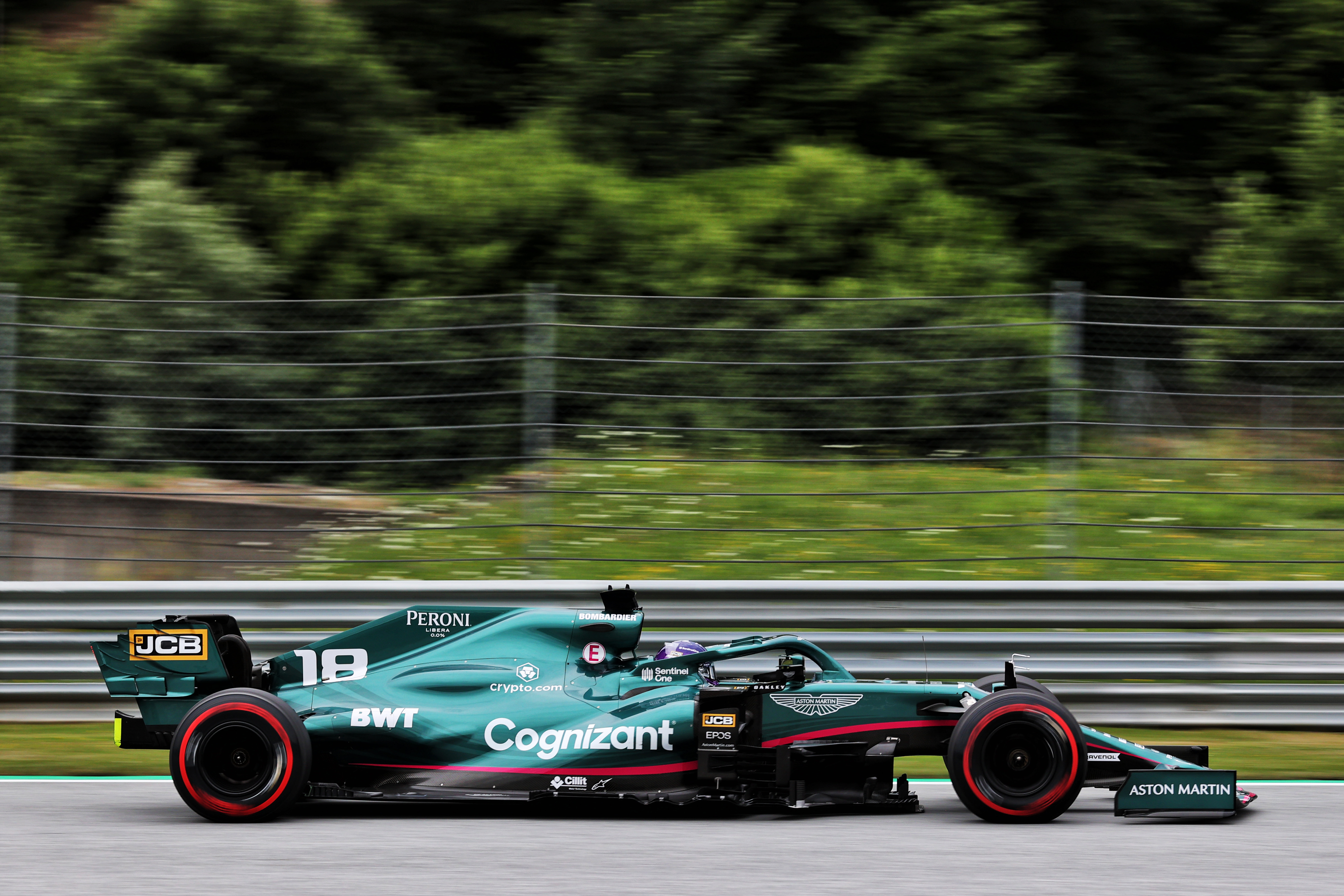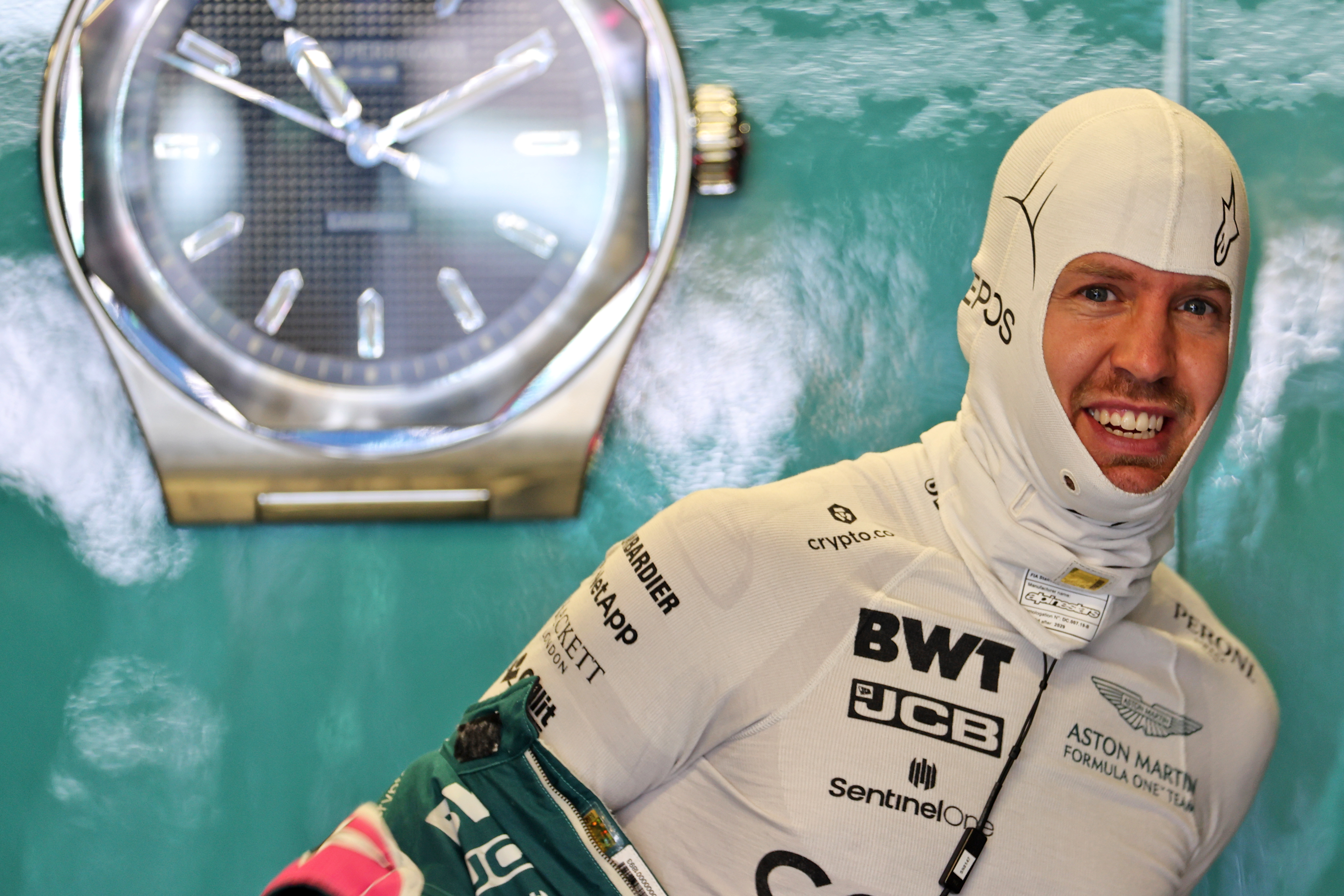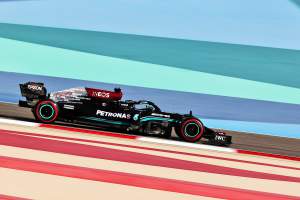Up Next

Aston Martin’s prospective 2021 Formula 1 season took a nosedive in 2020 as soon as the FIA pressed ahead with the regulation floor cut for this year.
How disproportionally this would impact upon low-rake cars (ie the Mercedes and the Aston Martin) was something only the team’s technical director Andy Green was pointing out at the time.
The low-rake Racing Point, as a facsimile of the previous year’s Mercedes, was a highly competitive car in 2020. Its adapted successor, the Aston Martin AMR21, was not.
The team dropped from third fastest in the performance league table to seventh, with nothing like the resource or experience of the concept to make the same recovery from the regulation change as Mercedes.
It qualified an average of around 1s off the Mercedes pace, but more critically more than 0.5s off rivals such as Ferrari, McLaren and AlphaTauri, sending it tumbling down the grid.
From a competitive point of view it was an unfortunate time for Sebastian Vettel to be joining. But the team feels it has benefitted enormously from his presence in terms of building its structure for the future.
The car’s biggest losses from the floor cut and the regulation limitations around the rear of the car were in high-speed corners.

Consequently, any circuit placing more emphasis on slow corners would see the car at its least bad – and Vettel’s best performances came in Monaco, Azerbaijan and Hungary where he was respectively fifth, second and second – though he was disqualified at the Hungaroring for not having enough fuel in the tank at the end to give a sample.
But for a pitstop delay, he would likely have undercut Esteban Ocon that day and crossed the line the winner. Maybe it was as well he didn’t, as losing a win would surely hurt more than a second place.
Lance Stroll took a best of sixth in Qatar. More usually they hovered around the points cut-off, having typically qualified in the lower Q2 part of the grid.
The car was able to use the swept-back rear suspension of the 2020 Mercedes without any token spend and that at least helped reclaim some aero performance, as did the token spend on the front of the chassis to open a better airflow route around the radiators. But not enough to overcome the losses from the reg change.
“We lost between 1.5 and 2s,” asserts Green, “and we clawed back only about half of that.”
This was one of the few cars on the grid which usually qualified slower than its predecessor. In using generally higher rear wing levels to compensate for the downforce reduction from the underfloor, the car tended to be quite slow on the straights too.

“We had a rear end that was effectively homologated,” says Green.
“We couldn’t raise the car, we were effectively locked in, but all our simulations and all our analysis was saying we’ve just got to lift the car back up again and get it out of this region.
“We were locked into a solution because we were effectively required to move early across to 2022.
“If we’d have had another season of these regulations, I’m more than confident we’d have developed our way out of it and got more of the performance back again.” The last aero upgrade went on the car at Paul Ricard in June.
Even relative to the teams around it, ’22 was the focus for Aston Martin from very early and in this Green is optimistic about the future. He cites Vettel as very much a key part of how the team has developed.
“It was a real eye opener to us and it’s a great way of working we’ve adopted.

“He’s brought a huge amount of experience into the team and professionalism about the way we operate, not just at the track but at the factory too.
“He just shows us the way you have to operate and the way you have to get everything right.
“The level of detail you need to reach in every area to be able to win races and championships is incredible and I think that’s what he’s shown us, the amount of work required to tick every box. To get everything right but then also go through all the scenarios, all the what if scenarios as well, and make sure all those areas are ticked.
“So it’s not just the absolute current focus but all the peripheries around the outside, all the strategy scenarios, tyre scenarios making sure all those are covered off as well so when they do occur in a race weekend, you’ve got a plan.
“We are definitely taking the opportunity to learn and to make ourselves a better team so when we do emerge from this and we are back into the performing area we truly believe we are going to come out of this as a better team.”







